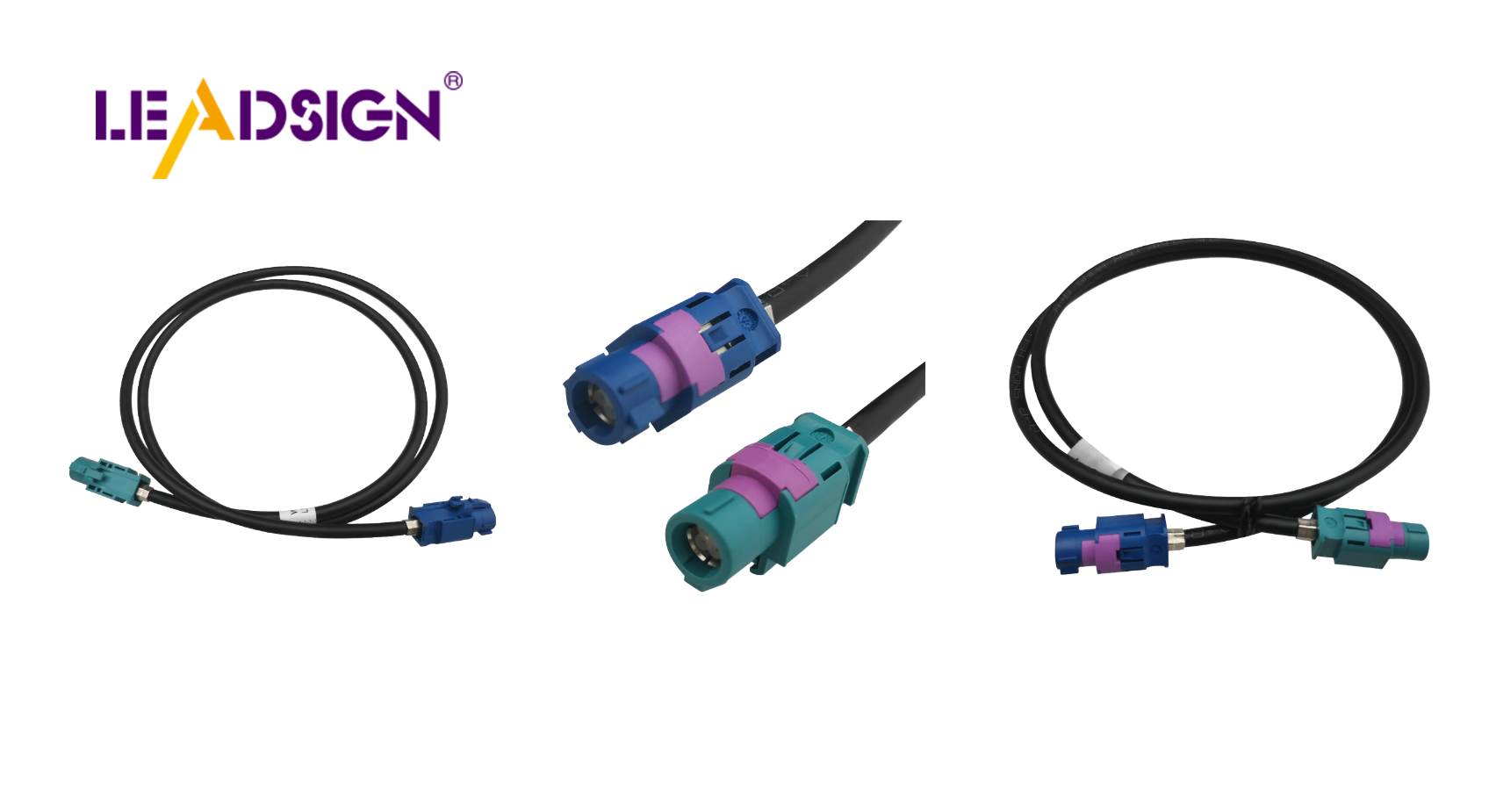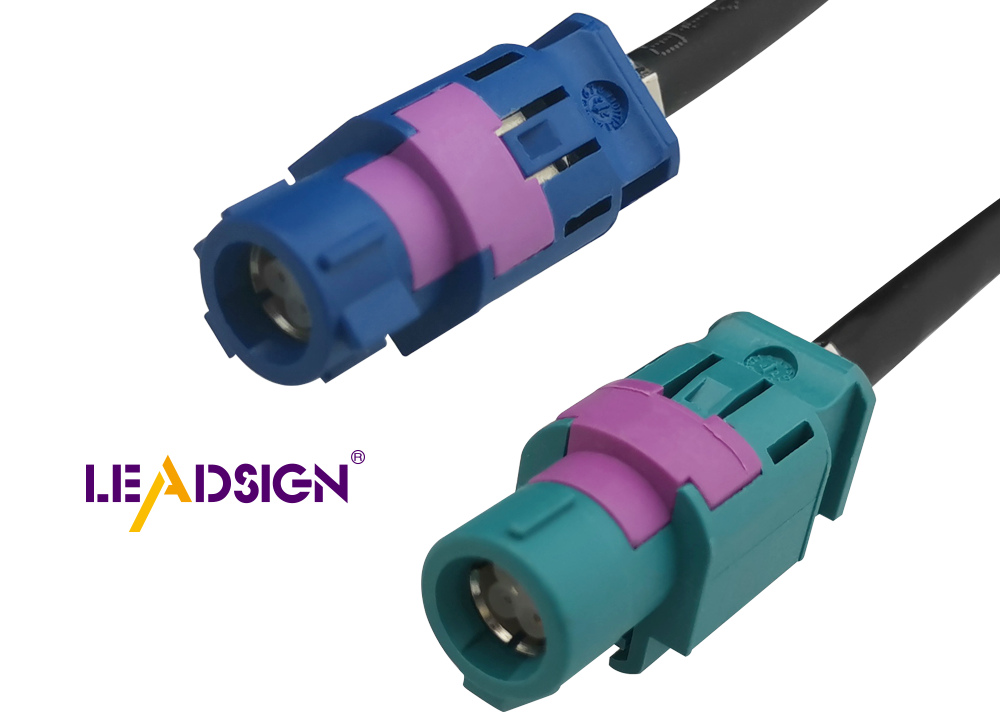How to Identify Automotive Electrical Connectors Types for Replacement

Finding the right automotive electrical connectors types is important. It keeps your car's electrical system safe and working well. You might need to change connectors if they break or wear out. This can be hard because there are many types of connectors. Each type has special parts like pin numbers and shapes. Connectors fail more often than regular wires, so picking the right one is key. Knowing these details helps you choose correctly when replacing them.
Understanding Automotive Electrical Connectors Types

Knowing different automotive electrical connectors types is important. They help your car's parts talk to each other. Let's look at the main parts and common types of these connectors.
Basic Parts of Connectors
Connectors have key parts that make sure they work well together.
Pins and Sockets
Pins and sockets are the main parts of a connector. Pins stick out and fit into sockets, which hold them. This lets electricity flow through. Keep pins and sockets clean for best results.
Housing and Locks
Housing covers pins and sockets, keeping them safe. It is made from strong plastic or metal. Locks keep connections tight so they don't come apart by accident. Some connectors have extra locks for more safety.
Common Connector Types
There are many connector types for different jobs in cars.
Blade Connectors
Blade connectors are flat metal pieces that slide into slots. They are used in fuse boxes and low-power places in cars. They are easy to connect and disconnect, making repairs simple.
Bullet Connectors
Bullet connectors look like small bullets. They are used in car radios because they connect quickly. Their shape keeps them from coming loose easily.
Multi-pin Connectors
Multi-pin connectors have many pins in one case. They are good for things needing lots of connections like engine sensors. Check pin layout and colors to match your car's wires right.
By knowing these parts and types, you can pick the right connector when fixing or changing them in your car's system.
Steps to Find Connector Types
Finding the right automotive electrical connectors types is key for your car. Follow these steps to pick the correct connector.
Look Closely
Start by looking closely at the connector. This helps you see important details.
Find Maker Marks
Look for maker marks on the connector. These marks have logos or numbers that help you find a match. Makers use these to tell their products apart, making it easier for you.
Check Shape and Size
Look at the shape and size of the connector. Different automotive electrical connectors types look different. Notice keyways, tabs, and design. These help you know if it fits your car's wires.
Use Catalogs and Guides
After looking, check catalogs and guides for more info.
Online Help
Use online sites to search by pin count, shape, and color. Many sites let you enter details to find matches. This gives you more choices of automotive electrical connectors types.
Maker Books
Check maker books for info about your car's connectors. They have diagrams and numbers that help find exact types. Using these ensures you choose right.
Test It Out
After picking matches, test them to be sure.
Continuity Check
Do a continuity check to see if electricity flows through it. This shows pins work well. A good test means it's right for your needs.
Voltage Check
See what voltage and current it can handle. Different automotive electrical connectors types carry different loads. Make sure yours can handle your car's power needs safely.
By doing these steps, you'll pick the right automotive electrical connectors types confidently. Remember, asking makers can help too.
Tips for Successful Replacement
Changing car connectors needs careful work. You want it to last. Here are some tips to help you.
Picking the Right Tools
The right tools make work easy. Use special tools for car connectors.
Crimping Tools
Crimping tools hold wires tight. They stop connections from breaking. Pick a crimper that fits your connector size. A good crimp keeps the connection strong.
Wire Strippers
Wire strippers get wires ready for connectors. They take off insulation without harm. Use them to show enough wire for connecting. This step is key for a good fit.
Checking Compatibility
Make sure the connector fits your car's system well. Avoid mismatches that cause problems.
Matching Connector Specs
Check the specs of new and old connectors. Look at pin count, shape, and size. Make sure they match your car's parts to avoid issues.
Thinking About Environment
Think about where you'll use the connector. Some need to handle heat or wet places. Pick materials that can take these conditions well.
Follow these tips to change connectors confidently. Keep your car's electric system safe and working well.
Look at the connector closely. Use books and guides to help. Test for electricity flow and power levels. Picking the right connector keeps your car safe and working well. If you're unsure, ask a professional for help. They can give good advice and make sure you choose correctly for your car.
See Also
Exploring Ford Fakra Connectors in Depth
Essential HSD Connector Knowledge for Auto Sector
Significance of FAKRA Connectors in Auto Uses

